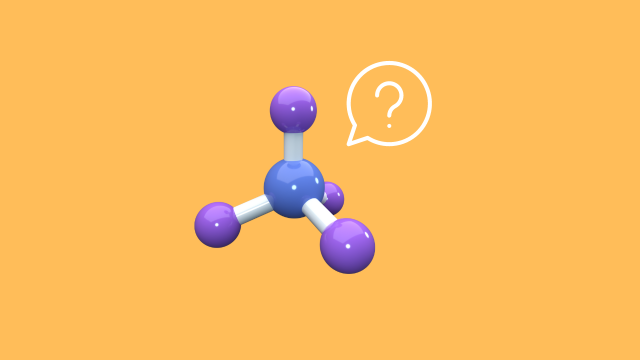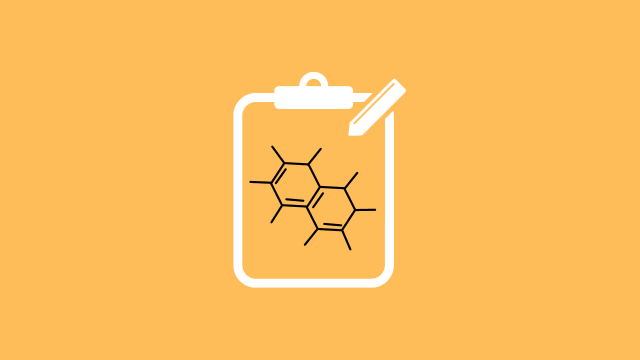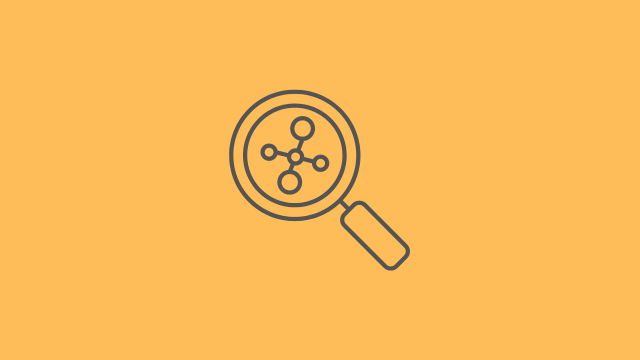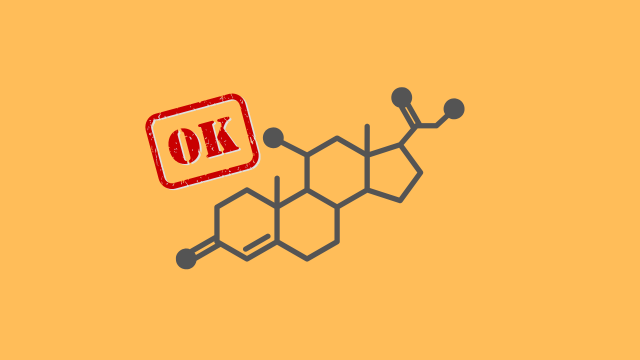|
Brussels, |
|
The REACH Regulation (Registration, Evaluation, Authorisation, and Restriction of Chemicals) is a European Union Regulation adopted to improve the protection of human health and the environment from the risks posed by chemicals. Enacted on June 1, 2007, REACH places responsibility on companies to manage and communicate risks associated with chemicals and to demonstrate how substances can be safely used. The enforcement of REACH is a national responsibility, even if the EU Agency ECHA implemented the european procedure from registration to authorisation.
Key aspects of REACH include:
- Registration: Companies must gather and register information on the properties, uses, and safe handling of chemical substances produced or imported into the EU in quantities of over one tonne per year. This process requires companies to share data to avoid duplication of testing, especially animal testing.
- Evaluation: Competent authorities evaluate safety data for higher volumes of substances and certain substances of concern to ensure compliance with the regulation.
- Authorisation: REACH requires certain substances of very high concern (SVHCs), such as those that are carcinogenic, mutagenic, toxic for reproduction, or persistent and bioaccumulative, to receive an authorization for their use. This process aims to ensure that SVHCs are phased out and replaced with safer alternatives where feasible.
- Restriction: Substances may be completely or partially banned in the EU if they pose unacceptable risks to human health or the environment.
REACH aims to enhance innovation and competitiveness of the EU chemicals industry by encouraging the development of safer and more environmentally friendly chemicals. It also promotes the principle of "no data, no market," meaning that only chemicals that have been properly registered and assessed can be marketed in the EU.
Review additional information further down on this page.
The REACH procedure
Step 1. Identify your substance
You need to identify your substance. You must know which molecules are inside, which chemical name (eg benzene) or the composition, which must be determined by chemical analysts.
You need to identify your substance. You must know which molecules are inside, which chemical name (eg benzene) or the composition, which must be determined by chemical analysts.
Step 2. Pre-register & inquiry the ECHA Database
You have to inquiry from ECHA whether a registration has already been submitted for that substance. ECHA is the EU Agency on Chemicals.
You have to inquiry from ECHA whether a registration has already been submitted for that substance. ECHA is the EU Agency on Chemicals.
Step 3. Register your substance on REACH-IT
You have to describe your substance and an assessment of the risks that the use of the substance may pose and how these risks should be controlled. For substance registration a fee is usually charged.
You have to describe your substance and an assessment of the risks that the use of the substance may pose and how these risks should be controlled. For substance registration a fee is usually charged.
Step 4. ECHA & Member States evaluate your request
A EU draft decision must be unanimously supported by the Member States and will only then become legally binding decisions.
A EU draft decision must be unanimously supported by the Member States and will only then become legally binding decisions.
Step 5. For high risks, you need an authorisation
If ECHA or Member States consider that your substance constitutes a risk for the public health, you need a formal authorisation to continue or start using and placing substances on EU territory.
If ECHA or Member States consider that your substance constitutes a risk for the public health, you need a formal authorisation to continue or start using and placing substances on EU territory.
Step 6. Restrictions
Restrictions on substances can be introduced if there is a risks for human health and for the environment, including articles containing substances that are in the authorisation list.
Restrictions on substances can be introduced if there is a risks for human health and for the environment, including articles containing substances that are in the authorisation list.
Step 7. Exemptions
ECHA states that "no company is exempt from the requirements for chemical safety, but you could have exemptions from REACH and CLP when other legislation applies".
ECHA states that "no company is exempt from the requirements for chemical safety, but you could have exemptions from REACH and CLP when other legislation applies".
Other information
Source: European Union, http://www.europa.eu/, 1998-2024
|
Brussels - Milano - Nice - Tokyo
|
eEuropa Belgium
Avenue Louise, 367 1050 Brussels BELGIUM Bld. Franck Pilatte, 19 bis
06300 Nice FRANCE YONO HOUSE 9-1 KAMIOCHIAI, SAITAMA-SHI, SAITAMA-KEN 〒 338-0001 JAPAN Via S. Veniero 6 20148 Milano ITALY |
All rights reserved - © Copyright eEuropa Belgium 2020-2024








